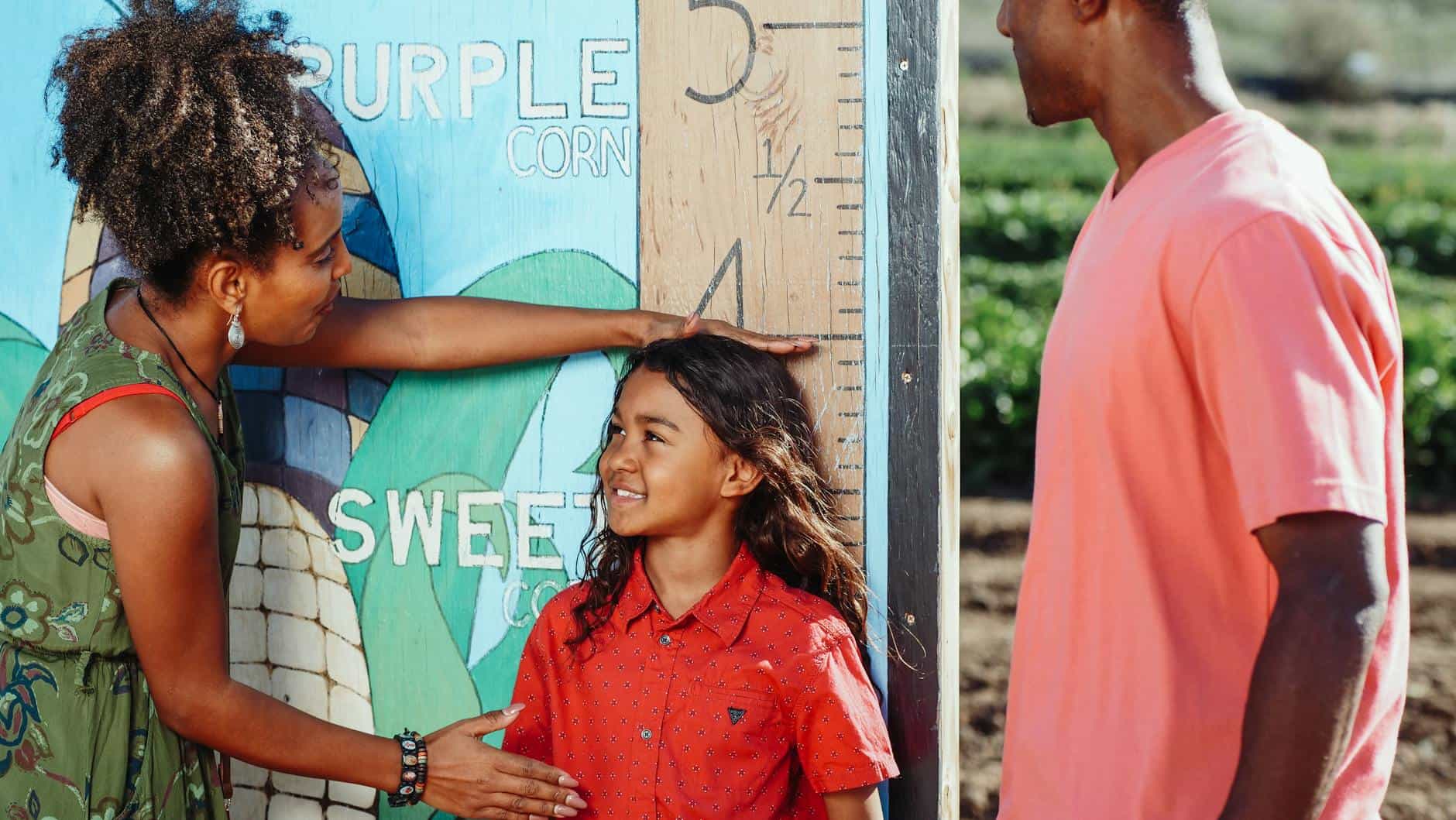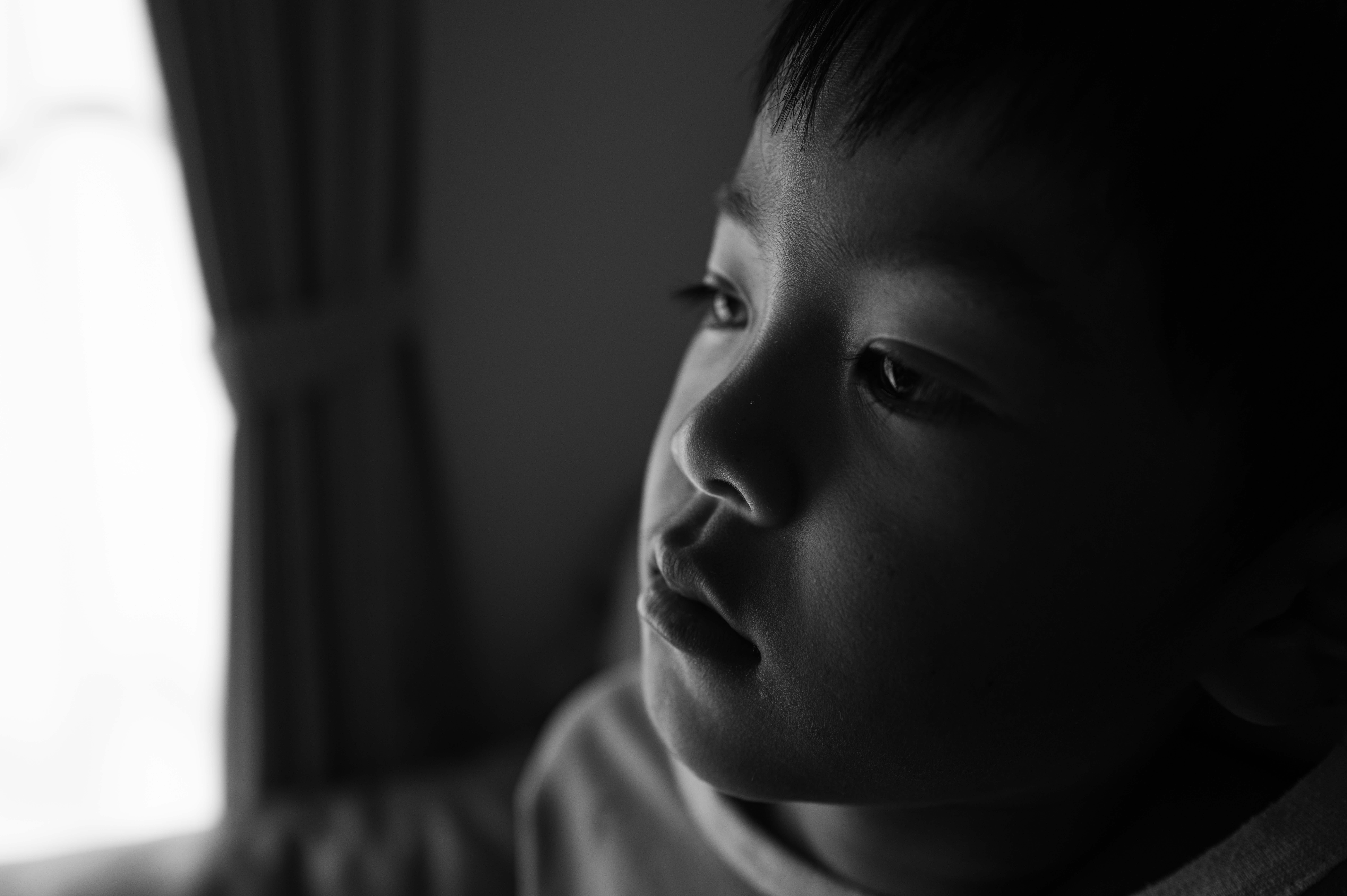Parenting Advice From the 90s That No Longer Works
The 1990s offered a host of parenting tips that, at the time, seemed both practical and universally accepted. While many of these approaches were well-intentioned, they often fail to account for the rapid advancements in our understanding of child development, technology, and evolving social norms. Today’s parents face a world that is vastly different from that of their childhood, making it crucial to adapt and update our methods in light of new research and shifting societal expectations. Modern parenting calls for continuous learning and flexibility.
1. ‘Children Should Be Seen and Not Heard’
In the 90s, many parents believed children should remain quiet and obedient, rarely questioning adults or expressing their feelings. This approach often stifled emotional growth and discouraged open communication within families. Today, experts recognize that validating a child’s voice is crucial to healthy development and strong self-esteem. Modern parenting encourages children to share their thoughts and emotions, helping them build resilience and confidence. Listening to children is now seen as a vital part of raising emotionally intelligent individuals.
2. Corporal Punishment Is Effective Discipline

Spanking and other forms of corporal punishment were once widely used and accepted as normal discipline in the 90s. However, modern research consistently shows that physical punishment can lead to increased aggression, anxiety, and behavioral problems in children. As a result, there has been a significant shift toward positive discipline strategies that focus on teaching and guiding rather than punishing. Leading organizations, such as the American Academy of Pediatrics, now strongly discourage corporal punishment in favor of healthier, more constructive approaches.
3. Boys Don’t Cry

The old adage that “boys don’t cry” encouraged young males to suppress their feelings and equated emotional vulnerability with weakness. Today, this advice is widely recognized as harmful, contributing to mental health struggles and stunted emotional growth. Modern parenting and psychological research emphasize the importance of emotional intelligence and healthy expression for all genders. Teaching boys to understand and express their emotions helps them build resilience, empathy, and stronger relationships throughout life.
4. TV as a Babysitter

In the 90s, it wasn’t unusual for parents to rely on television as an easy way to keep kids occupied. However, today’s concerns about excessive screen time, digital addiction, and the impact on cognitive development have shifted this perspective. Experts now urge parents to limit passive viewing and instead prioritize interactive play and face-to-face engagement.
5. ‘Stranger Danger’ Is the Biggest Safety Threat

The 90s popularized the concept of “stranger danger,” teaching kids to be wary of unknown people. While well-meaning, this advice overlooks the reality that most child harm is done by someone the child knows. Modern safety education takes a more nuanced approach, emphasizing awareness and boundaries with both strangers and familiar adults. Experts now recommend teaching children to trust their instincts, recognize unsafe situations, and seek help from trusted adults—regardless of who is involved.
6. All Kids Should Fit In

In the 90s, there was a strong emphasis on conformity—children were often encouraged to blend in and follow the crowd. This pressure to “fit in” stifled individuality and discouraged self-expression. Today, there is a growing embrace of diversity, neurodiversity, and unique identities. Parents and educators now value supporting each child’s strengths and differences. According to the Child Mind Institute, celebrating individuality helps children feel accepted and builds confidence in who they are.
7. Gender Roles Start Early

During the 90s, children were often steered toward toys, clothes, and activities based on traditional gender roles—dolls for girls, trucks for boys. This approach limited self-expression and reinforced stereotypes. Today, many parents are embracing gender-neutral parenting, allowing kids the freedom to explore interests without constraints. Encouraging choice and breaking down gender barriers fosters creativity and self-confidence.
8. Helicopter Parenting Prevents Problems

In the late 90s and early 2000s, “helicopter parenting”—hovering over children to prevent any mistakes—became a popular approach. While well-meaning, over-involvement can actually undermine a child’s independence and problem-solving abilities. Research now shows that children need opportunities to learn from failure and develop resilience on their own. Fostering autonomy and letting kids take age-appropriate risks helps them build confidence and essential life skills.
9. Homework Is Always Top Priority

In the 90s, academic achievement was often placed above all else, with homework viewed as the number one priority. This pressure sometimes came at the expense of children’s well-being and balance. Today, many educators and parents recognize the importance of a more holistic approach—valuing mental health, extracurricular activities, and downtime for optimal development.
10. Kids Should Toughen Up

The 90s often promoted the notion that children should “toughen up,” encouraging stoicism and emotional suppression as signs of strength. This outdated mindset can prevent kids from seeking help and processing their feelings in healthy ways. Today, there is a stronger emphasis on empathy, support, and addressing mental health needs.
11. ‘Because I Said So’ Is Enough

The phrase “because I said so” epitomized the authoritarian parenting style common in the 90s, where obedience was prioritized over understanding. Modern parents recognize that explaining rules and reasoning helps children develop critical thinking and trust. Today’s approach emphasizes collaborative problem-solving and inviting children into meaningful conversations. According to Verywell Family, this shift towards open communication fosters respect, self-discipline, and a stronger parent-child connection.
12. Bribery Is a Good Motivator

In the 90s, many parents relied on bribes and immediate rewards—like candy or screen time—to encourage good behavior. While this can work short-term, research now suggests that overusing extrinsic rewards may undermine intrinsic motivation and hinder the development of healthy habits. Today’s parenting experts advocate for fostering internal motivation and helping children understand the value of positive behavior itself. The PBS Parents guide emphasizes the importance of encouragement and setting consistent expectations for long-term success.
13. Only Academics Matter

The 90s often saw a heavy focus on grades and standardized test scores, with extracurriculars considered secondary. Today, there is a broader understanding that a child’s success is not defined by academics alone. Parents and educators now value a holistic approach that includes the arts, sports, and social skills as essential parts of development.
14. Comparing Siblings Builds Character

In the 90s, it was common for parents to compare siblings, believing this would spark motivation or healthy competition. Modern research, however, reveals that such comparisons often breed resentment, rivalry, and self-esteem issues. Today’s experts emphasize recognizing each child’s unique strengths and nurturing them individually. Avoiding sibling comparisons builds a more supportive family dynamic and helps children develop confidence in their own abilities.
15. Kids Will Just ‘Grow Out of It’

In the 90s, parents often assumed that children’s behavioral or learning challenges would resolve on their own with time. This mindset delayed crucial support for many kids. Today, early intervention and seeking professional help are recognized as vital for addressing developmental, emotional, or learning difficulties. Timely support allows children to reach their full potential and improves long-term outcomes, making proactive engagement essential.
Conclusion

Parenting wisdom from the 1990s reflected its time, but today’s world demands new approaches rooted in current research and evolving social values. We now know that children thrive when their voices are heard, their individuality is celebrated, and their emotional needs are supported. By learning from the past and embracing modern, evidence-based parenting philosophies, families can create stronger connections and healthier environments for children. The journey of parenting is ever-changing—staying informed and adaptable is the best way to nurture the next generation.
.article-content-img img { width: 100% }





